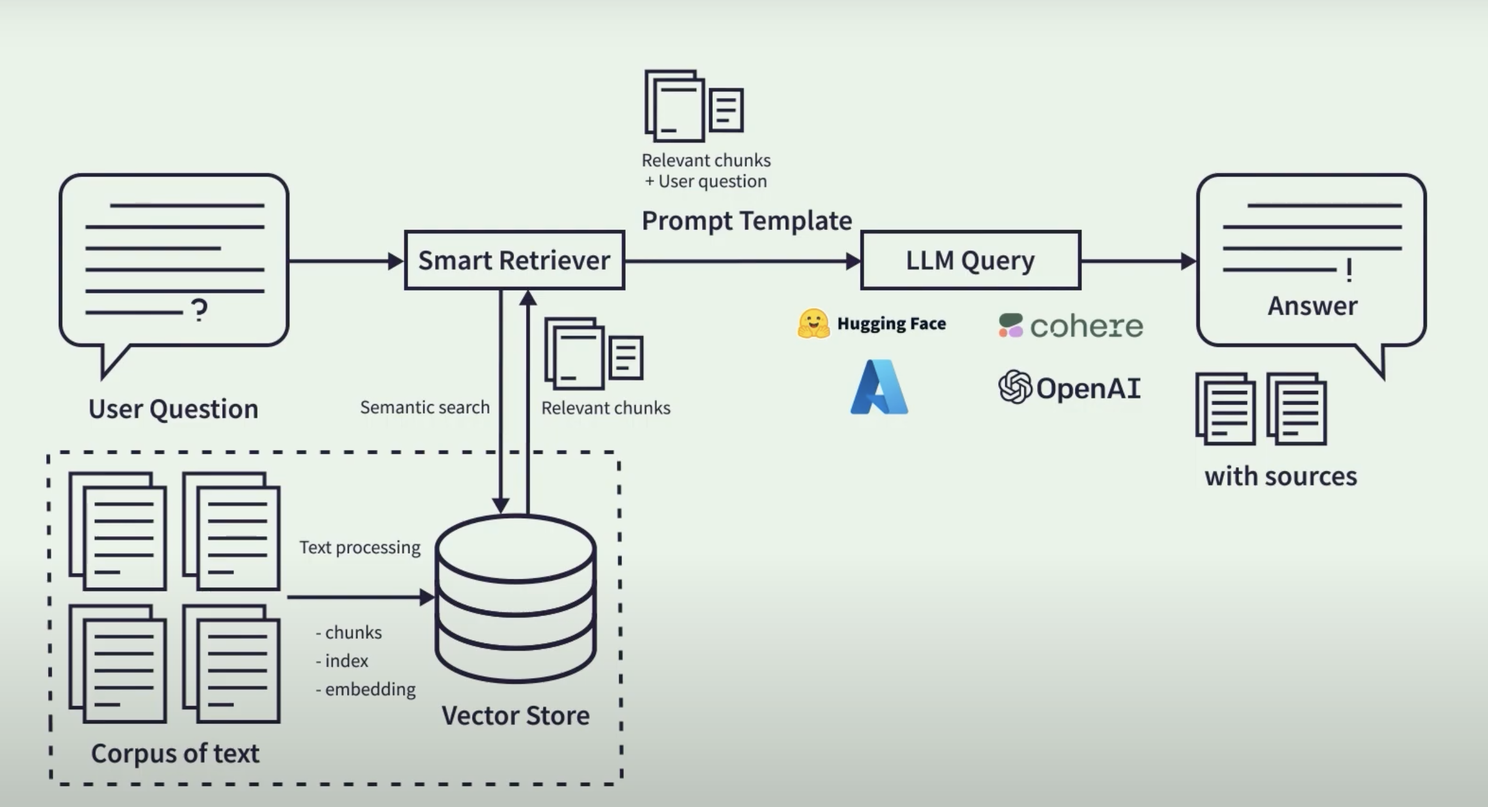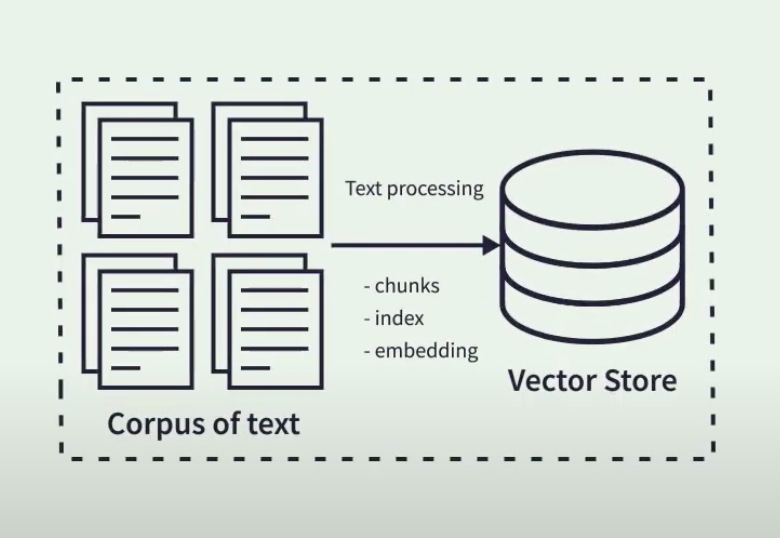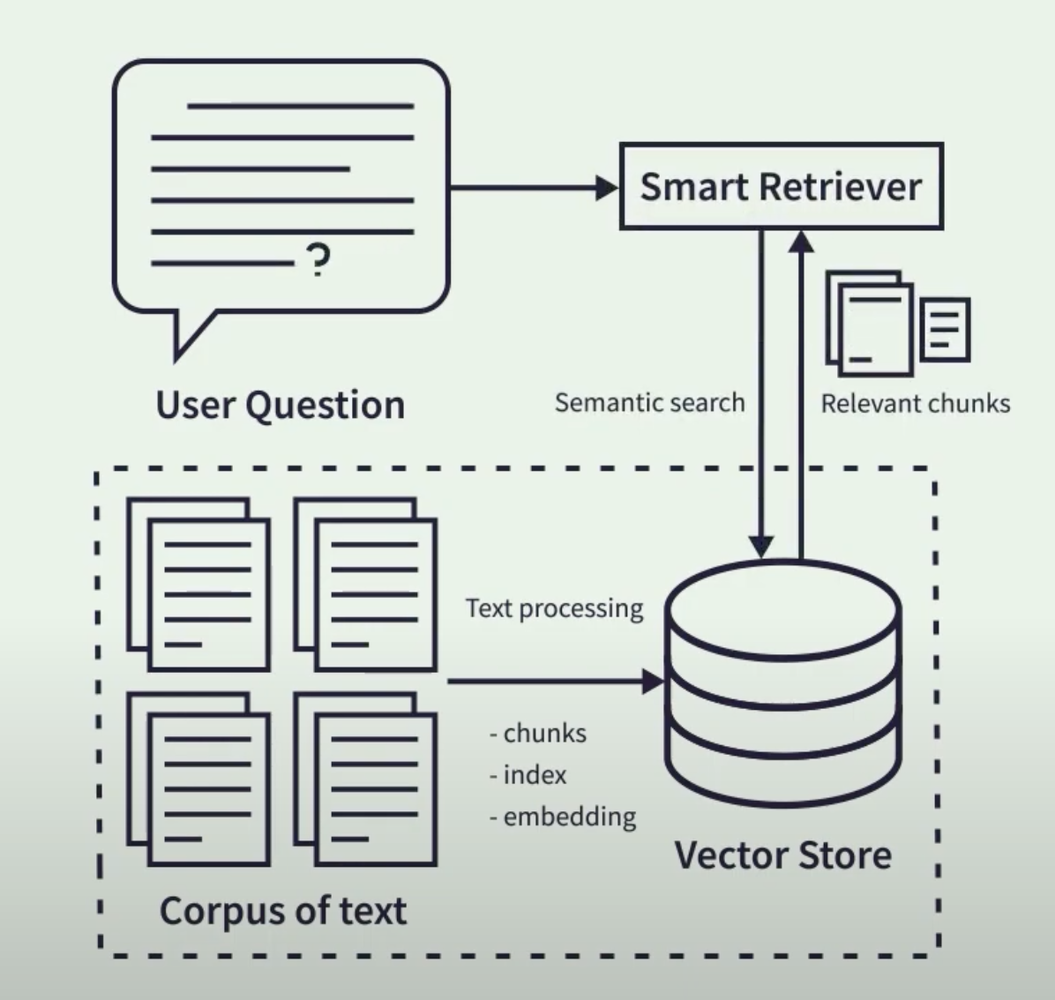Beyond ChatGPT: Why RAG is the Future of AI

ChatGPT Amazed the World, but What If I Told You It's Just the Beginning? Enter RAG - The Technology That's About to Take AI to a Whole New Level
Imagine asking ChatGPT about today's weather or last night's game scores. You'd get a polite apology about not having up-to-date information. Now, picture an AI that can tap into the latest data in real-time, providing accurate, current answers to your questions. That's the power of RAG, and it's changing everything we thought we knew about AI's capabilities.
What Is RAG?
RAG, or Retrieval-Augmented Generation, is like giving AI a turbocharged search engine. It combines the power of large language models (like ChatGPT) with the ability to pull in relevant, up-to-date information from vast databases. This means AI can now provide answers based on the latest data, not just what it was originally trained on.


Why RAG Matters
Even the most advanced AI models like ChatGPT have limitations. They're trained on massive amounts of data, but that data has a cutoff date. This means they might not know about recent events or the latest developments in rapidly changing fields.
RAG solves this problem by allowing AI to:
- Access current information in real-time
- Provide more accurate and relevant answers
- Adapt to new topics without expensive retraining
How RAG Works: A Simple Breakdown
1- Chunking and Vectorizing
Imagine you have thousands of books and need to quickly find relevant information. Instead of reading every book cover to cover, you create a system to quickly locate the right info. Chunking and vectorizing do just that for RAG.

- Chunking: Breaks down long documents into smaller, manageable pieces.
- Vectorizing: Converts these chunks into a numerical format that computers can easily search and compare.
2- Retrieval

Now that our 'library' is organized, when you ask a question, RAG needs to find the most relevant 'books' or pieces of information. This is where retrieval comes in - it's the search engine of our AI system.
- Your question is converted into the same format as our document chunks.
- The system then finds the chunks that are most similar to your question.
- It's lightning-fast, searching through millions of pieces of information in seconds
3- Generation
With the relevant information retrieved, RAG now needs to craft an answer that's helpful and makes sense. This is where the 'generation' part comes in, using the power of AI language models.
- The AI combines your original question with the retrieved information.
- It then uses its language skills to create a coherent, informative response.
- Think of it as an expert using reference materials to give you a well-informed answer.
RAG in Action: Beyond Static Responses
Let's compare how ChatGPT and a RAG-powered AI might handle a query:
- User: "What's the current status of the Mars rover Perseverance?"
ChatGPT: "I'm sorry, but I don't have real-time information about the current status of the Mars rover Perseverance. My knowledge is based on data up to 2022, and I can't access current information. For the most up-to-date status, please check NASA's official website or recent news sources."
RAG-Powered AI: "As of today, the Mars rover Perseverance is actively exploring the Jezero Crater on Mars. It recently collected its 20th rock core sample and is currently analyzing the mineral composition of a new rock target dubbed 'Ouzel Falls.' The rover continues to search for signs of ancient microbial life and is preparing for its next major mission milestone: depositing sample tubes for future return to Earth."
This example illustrates how RAG enables AI to provide current, detailed information that goes beyond the limitations of traditional language models.
The Future with RAG
As RAG technology evolves, we can expect to see:
- More accurate and timely AI assistants in customer service
- Advanced research tools that can analyze and synthesize the latest scientific publications
- Personalized learning systems that adapt to the most current educational content
- AI-powered decision support systems in fields like medicine and finance, always informed by the latest data and guidelines
Conclusion
While ChatGPT has shown us the impressive capabilities of large language models, RAG represents the next leap forward. By bridging the gap between static training data and dynamic, real-time information, RAG is paving the way for AI systems that are not just intelligent, but also current, relevant, and incredibly versatile.
Your support means a LOT to us! check our social @tryjutsu.

